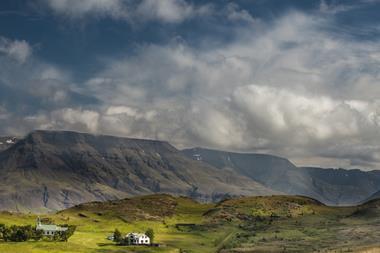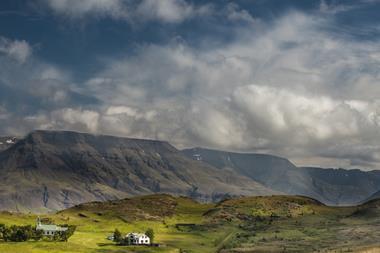The ISK2.9trn (€18.9bn) Icelandic pension fund industry is optimistic capital controls in place on foreign investment will be lifted by the end of 2015, with a parliamentary process expected to start this week.
Capital controls on Icelandic investors have been in place since the 2008 financial crisis which saw the near collapse, and bailing out, of the country’s banking system and a significant economic downturn.
Thorey Thordardottir, chief executive of the Icelandic Pension Fund Association, said the organisation was hopeful the lifting of restrictions would begin soon, despite expectations of such simmering for some time.
Finance minister, Bjarni Benediktsson, of the coalition government’s Independence Party, is expected to place a bill before Parliament this week, after taking legal advice last July on devising a plan to lift controls.
A year earlier, the then-new coalition government began setting out its plans on lifting controls but little movement was seen after.
“We are very optimistic it will happen this week and allow pension funds to start gradually investing abroad again,” Thordardottir said.
“It will still be limited, perhaps with a quota for the industry, but it will allow the pension funds to diversify their allocation and remove the concentration in Iceland.
“Our pension funds need to allocate globally and not just domestically.”
Icelandic pension funds had around 30% of assets invested abroad pre-crisis. The allocation has fallen to 24% since, with holdings of ISK685bn in international securities, as investors were only able to re-invest capital already outside the country.
The association previously said it considered the ideal proportion of assets invested abroad to be 40-50%.
However, Thordardottir said it was still unknown how quickly and how far pension funds would be able to shift capital out of the country, as she expected limitations to still be in place from the finance ministry and central bank.
“We have not heard any figures or how this [lifting of controls] will be implemented, but after discussions [with the Central Bank] we are optimistic about this going ahead and starting later this year,” she added.
Icelandic pension funds delivered a 7.2% investment return in 2014, up from 5.3% a year earlier, with assets roughly 150% of Iceland’s GDP.
By last year, the investors had acquired a third of the country’s listed shares with around half of their assets underwritten by the Icelandic government, up from 25% pre-crisis.
“There will still be some limitation,” Thordardottir said, “but we think this will be a right step for the pension fund system and the Icelandic economy.”
Speaking with IPE in November 2014, several Icelandic pension fund managers said given the lack of movement on lifting controls, it would take years to revert to pre-crisis levels with a free movement of capital.








No comments yet